Table of Contents
Introduction
Have you ever wondered why your Golden Retriever is smaller than other members of its breed? While Golden Retrievers are known for their medium to large size, it is not uncommon to come across smaller individuals within the breed. In this article, we will explore five reasons why your Golden Retriever may be small and provide potential solutions to address this issue. Whether you’re a concerned owner or simply curious, read on to understand the possible factors that influence the size of your beloved canine companion.
Factors Affecting the Size of a Golden Retriever
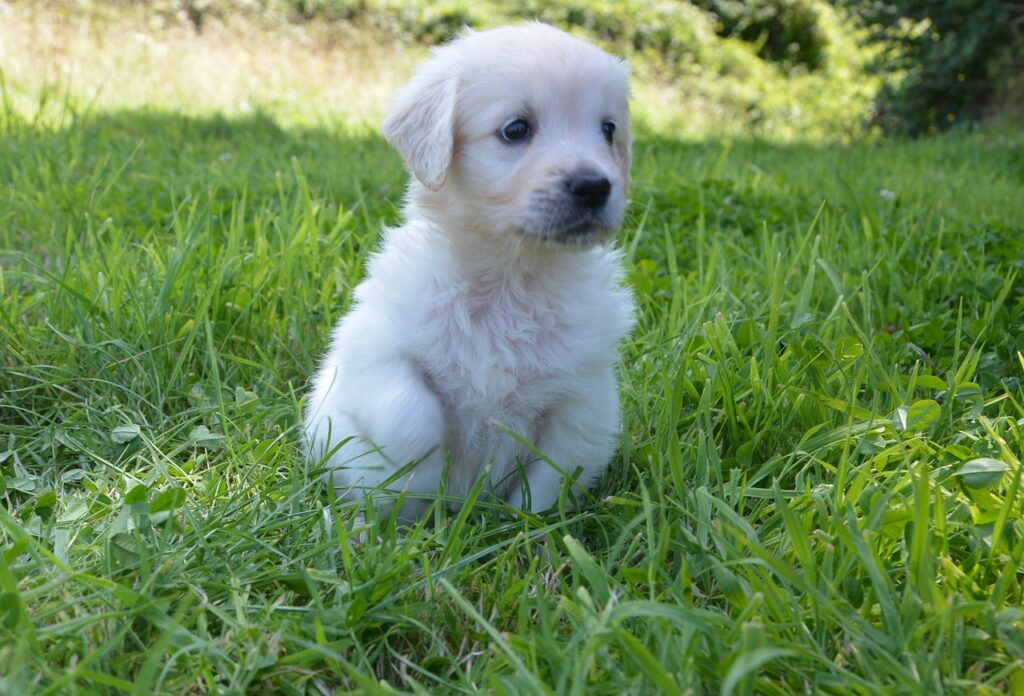
1. Genetics
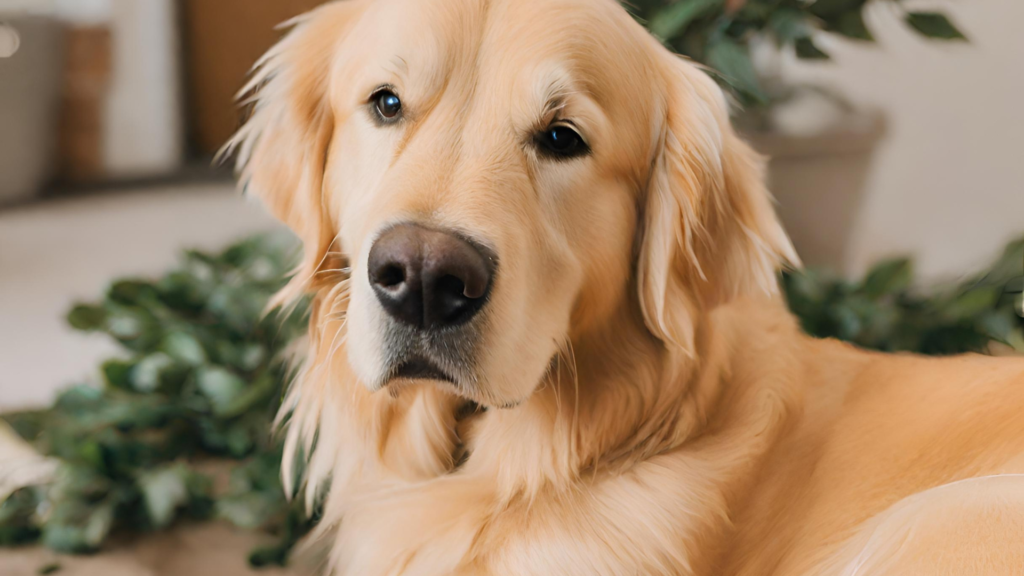
Just like humans, the size of a Golden Retriever is influenced by its genetic makeup. Responsible breeders carefully select parent dogs to maintain the breed’s standard characteristics. However, genetics can sometimes result in unexpected variations, including smaller-sized Golden Retrievers. It is possible that one or both of the parents carried genes for smaller stature, which were then passed on to their offspring.
2. Health Issues
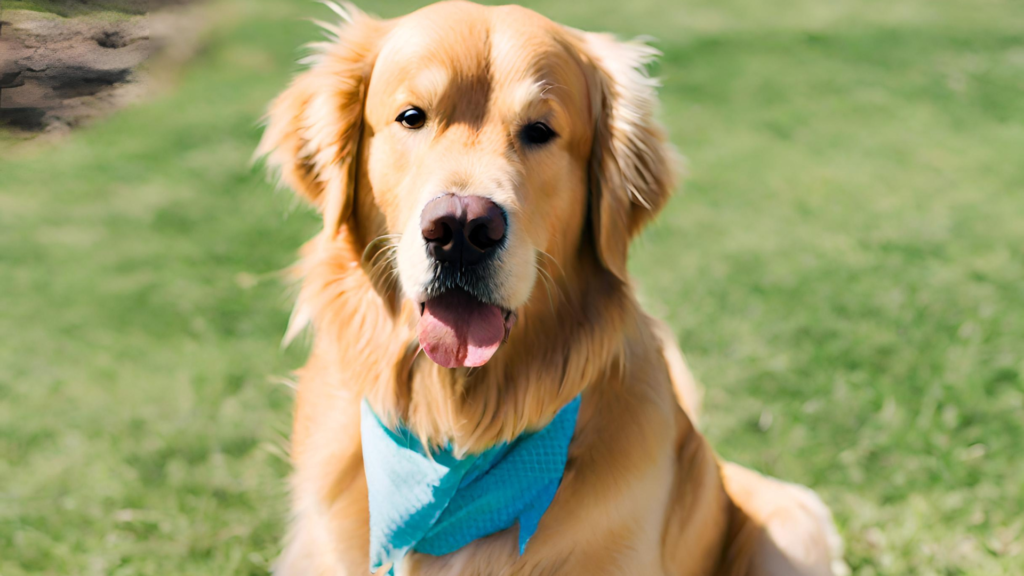
Health problems can also contribute to a Golden Retriever’s smaller size. Certain medical conditions, such as hypothyroidism or malabsorption disorders, can affect a dog’s growth and development. If your furry friend is significantly smaller than other Golden Retrievers or shows signs of poor health, it is crucial to consult a veterinarian. They can conduct a thorough examination and offer appropriate medical interventions to address any underlying health issues.
Callout: Regular check-ups with a veterinarian are essential to ensure your Golden Retriever’s overall well-being.
3. Nutritional Factors
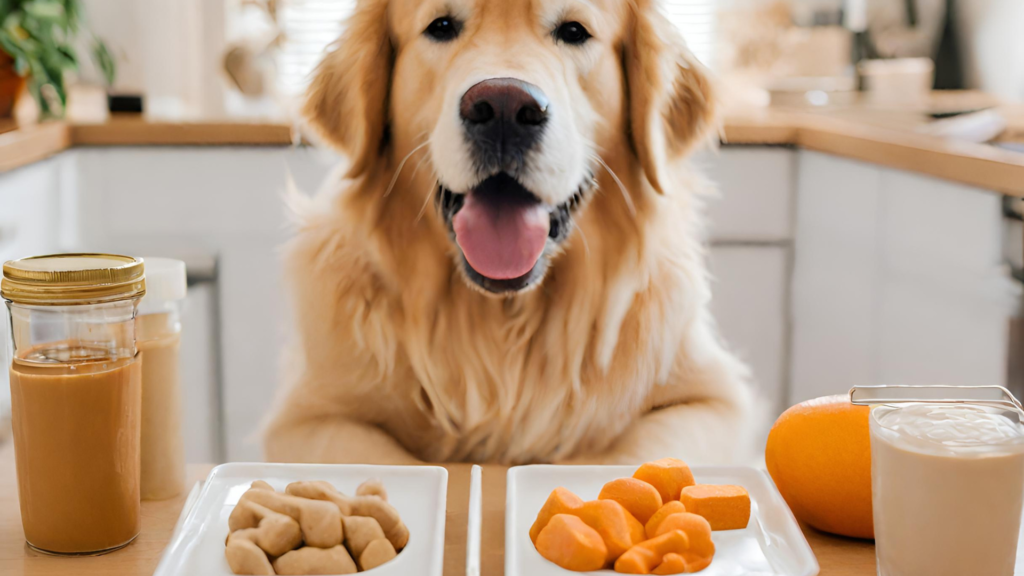
Proper nutrition plays a vital role in a dog’s growth and size. A well-balanced diet is essential to support healthy development and maintain an appropriate weight for your Golden Retriever. If your dog is not receiving adequate nutrition or is being fed a diet that lacks essential nutrients, it can contribute to stunted growth and smaller size. Consulting a veterinarian or a professional animal nutritionist can help you determine the best diet for your furry friend’s specific needs.
Callout: Feeding your Golden Retriever a high-quality diet tailored to their nutritional requirements is crucial for their overall growth and size.
4. Early Life Experiences
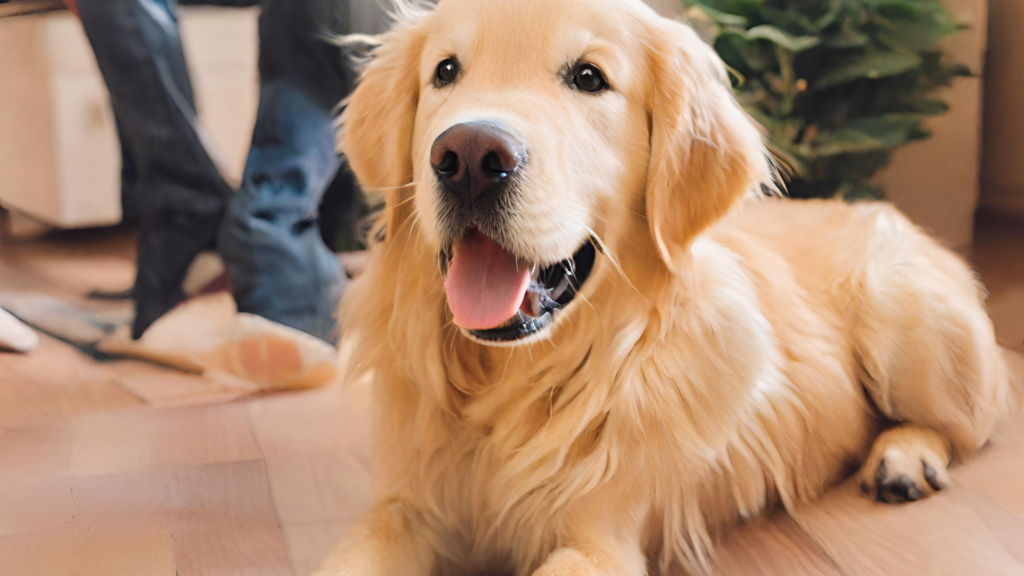
The experiences and care a Golden Retriever receives during its early life stages can greatly impact its size. Socialization, exercise, and mental stimulation are essential for proper growth and development. A lack of these crucial factors can potentially result in a smaller-sized Golden Retriever. Ensuring your furry friend receives appropriate socialization, regular exercise, and mental stimulation from an early age can contribute to its overall health and size.
5. Age
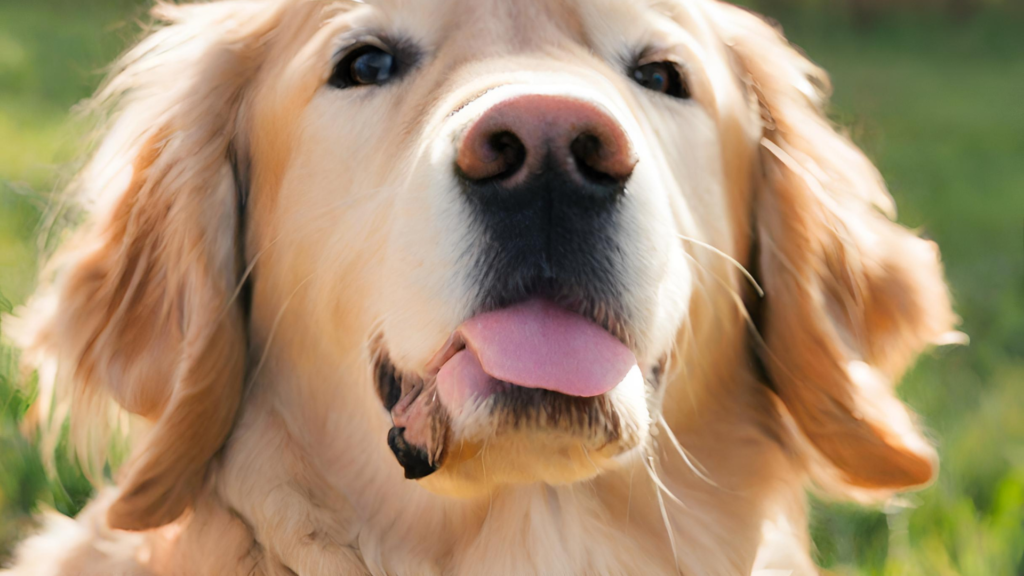
Age is another factor to consider when evaluating the size of your Golden Retriever. Just like humans, dogs go through different growth stages. Golden Retrievers typically experience their most rapid growth during the first year of life. After reaching adulthood, their growth slows down significantly. If your Golden Retriever appears smaller compared to others, it may simply be a result of reaching maturity earlier.
Callout: It’s important to remember that each Golden Retriever is unique and may have its individual growth pattern.
Solutions for Addressing the Size Issue
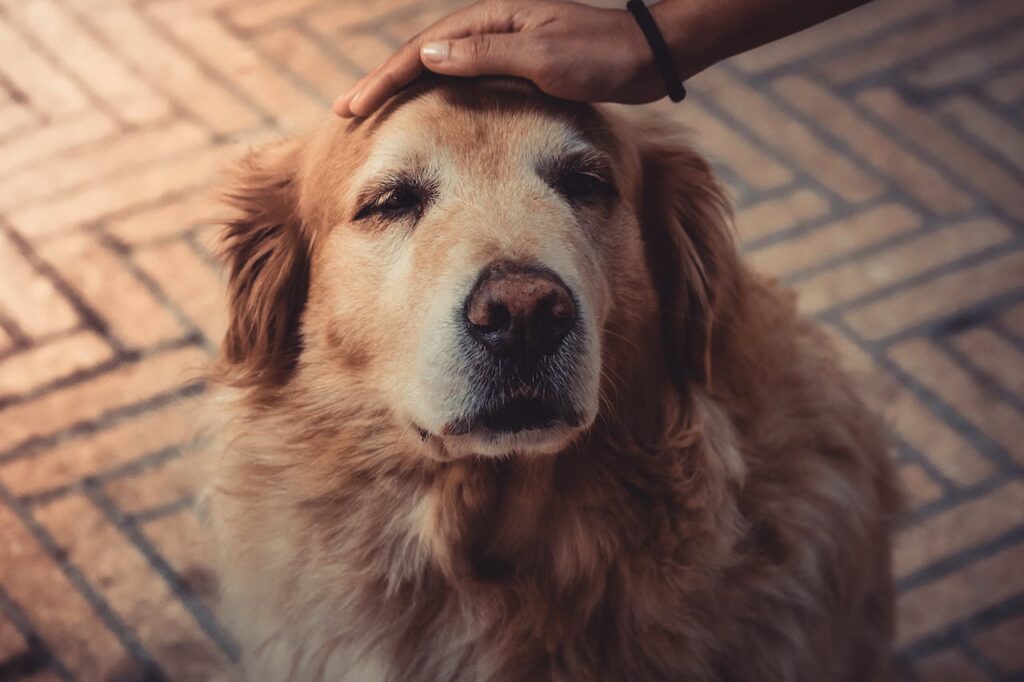
If you are concerned about your Golden Retriever’s smaller size, consider the following solutions:
- Consult a Veterinarian: A professional examination can help rule out any underlying health issues that may be affecting your dog’s size. Your veterinarian can provide guidance on proper nutrition, healthcare, and potential interventions.
- Optimize Nutrition: Ensure your Golden Retriever is receiving a well-balanced diet that meets its nutritional needs. Focus on high-quality dog food that contains essential nutrients for growth and development.
- Provide Adequate Exercise: Regular exercise is crucial for the overall health and well-being of your Golden Retriever. Engaging in physical activities appropriate for your dog’s age and fitness level can contribute to its growth.
- Socialize and Stimulate: Make sure to provide socialization opportunities and mental stimulation for your Golden Retriever. Exposing them to various environments and experiences can help promote healthy development.
- Be Patient: Remember that dogs, including Golden Retrievers, come in various sizes. It is essential to accept and appreciate your dog’s unique characteristics and traits. Embrace their smaller size as a part of their individuality.
Callout: Embrace the uniqueness of your Golden Retriever, regardless of their size. Love them for who they are, and cherish the special bond you share.
Conclusion
Although Golden Retrievers are typically medium to large-sized dogs, it is not uncommon to come across smaller individuals within the breed. Factors such as genetics, health issues, nutrition, early life experiences, and age can influence the size of your beloved Golden Retriever. By understanding these factors and implementing appropriate solutions, you can ensure the well-being and happiness of your smaller-sized Golden Retriever. Remember, what matters most is the love and care you provide to your furry friend, regardless of their size.
Lola is a passionate blogger, weaving heartfelt stories that capture the enchantment of French Bulldogs, the warmth of Golden Retrievers, and the exuberance of Labrador Retrievers, showcasing the profound emotional bonds formed with these beloved canine companions.











Very Awsome information.